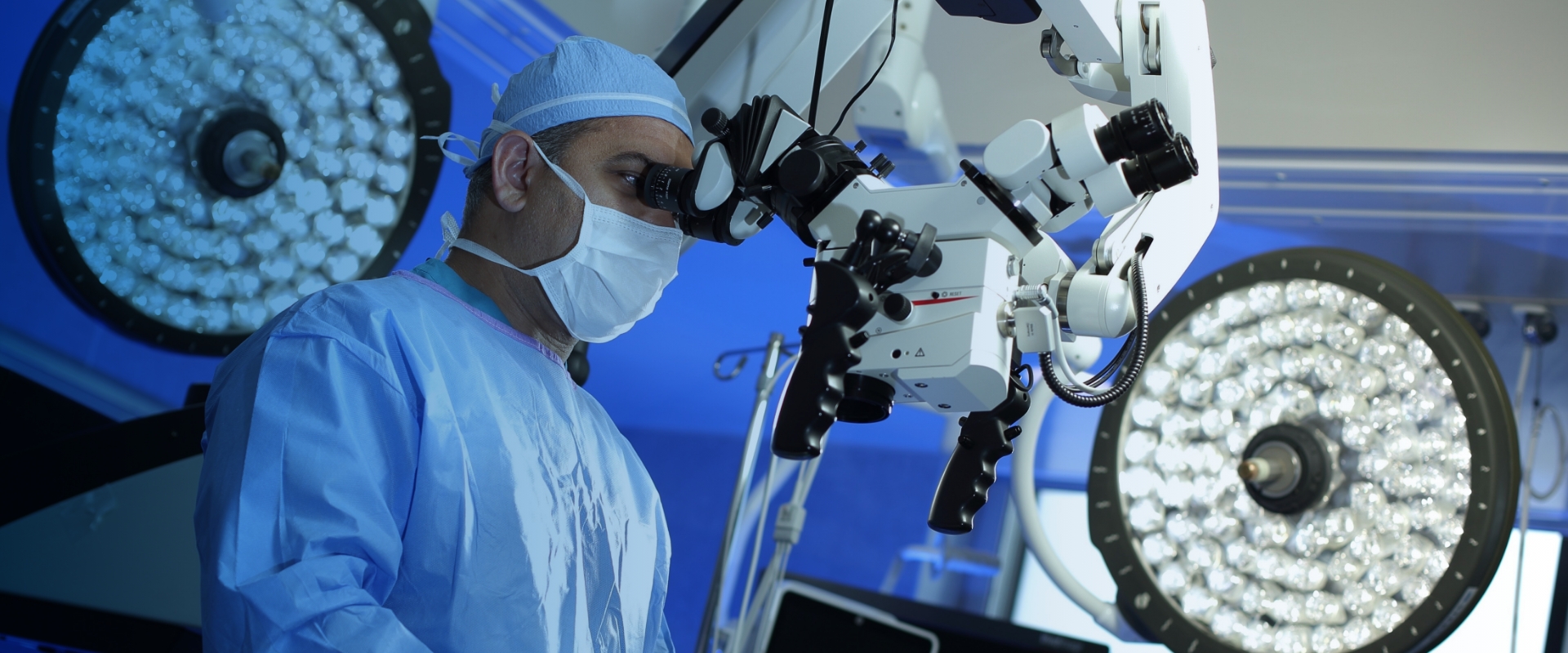Neurovascular Care for Brain AVMs & Aneurysms


The brain is an organ of exquisite complexity, and its health is paramount to our overall well-being. Among the myriad of conditions that can affect the brain, arteriovenous malformations (AVMs) pose a significant threat due to their potential to cause serious complications.
Here, we explore this precarious condition and discuss what individuals need to know about severity, prevalence, life expectancy, survival rates, and treatment options. We particularly emphasize the indispensable role of multidisciplinary care provided by neurovascular centers in diagnosing and addressing AVMs.
Brain AVMs are an abnormal cluster of blood vessels that develop between arteries and veins, causing the blood to bypass the capillary system. The cluster is often described as a “nest” of twisted vessels that carries rapidlyflowing blood directly from the arteries into the veins. The AVM may not cause any symptoms. However, they can suddenly weaken and rupture causing life-threatening bleeding in the brain. A brain AVM is a serious condition that can result in seizures or or stroke.
The risk of bleeding in untreated brain AVMs is 2% to 4% per year, and each hemorrhage carries a 10% to 15% risk of death and a 40% risk of significant neurological impairment. The yearly risk of brain AVM bleeding is considered to be low. However, the lifetime risk of bleeding is cumulative over a patient’s lifetime. This underscores the importance of timely diagnosis and management to mitigate these risks.
The following are factors that increase your risk with AVMs:
AVMs can occur anywhere within the brain or on its covering. However, they are most commonly found in the cerebrum, the largest part of the brain involved in voluntary activities, sensory processing, vision, speech, and thought. The specific impacts of an AVM, including symptoms and treatment options, can vary significantly depending on its location in the brain.
Brain AVMs are among the less common neurovascular disorders, with an estimated prevalence affecting approximately 1 in 100,000 people each year. AVMs can be congenital, meaning individuals can be born with these vascular anomalies, or they can develop during childhood. Most AVMs develop during fetal development. There is some evidence that AVMs may be genetic. Other evidence indicates that AVMs can develop later in life, possibly due to injury.
It’s important to note that studies have not shown significant demographic or geographic variations in the prevalence of AVMs. They appear to affect individuals of all ethnicities and geographic locations at similar rates. However, the presentation and diagnosis of AVMs may vary widely among individuals, influenced by factors such as the size and location of the AVM and the presence of symptoms.
Life expectancy for individuals with AVMs varies widely and depends on many factors, including the size and location of the AVM, whether it has bled, and the patient’s overall health. With modern treatment modalities, most individuals with brain AVMs can have a normal or near-normal life expectancy, particularly if the AVM is successfully treated before any bleeding occurs.
Addressing brain AVMs is a complex process, one tailored to the individual. It most often involves a multidisciplinary team of specialists at neurovascular centers, such as our experts at New Jersey Brain and Spine (NJBS).
Treatment options include:
Our vascular neurosurgeons are seasoned experts in all three treatment modalities: surgery, embolization, and radiation treatment. This is a significant advantage to our patients, as we can precisely tailor each patient’s treatment to their condition. Our subspecialty expertise allows us to provide our patients the best possible outcome with the lowest possible risk.
The survival rate for individuals with brain AVMs varies. actors such as the AVM’s size, location, and whether it has caused bleeding influence outcomes. With appropriate management, the prognosis can be favorable. The multidisciplinary approach at neurovascular centers, like New Jersey Brain and Spine, significantly enhances survival rate and quality of life for patients with AVMs by offering comprehensive, coordinated care tailored to each patient’s unique condition.
The goal of AVM treatment is to cure the AVM. AVMs can be completely cured if they are entirely removed or otherwise obliterated with embolization or radiosurgery. The possibility of a cure depends on the AVM’s size, location, and treatment modalities. Some patients may require a combination of treatments to achieve a cure. It’s essential to have an in-depth conversation with the neurovascular neurosurgeon to set clear expectations about whether or not a cure is attainable.
Whether a brain AVM is considered a disability depends on its effects on the individual. For some, AVMs may cause significant neurological deficits that could classify as a disability, affecting their ability to perform daily tasks or maintain employment. For most patients, especially if the AVM has not bled, there is usually little to no impact on their daily functioning and quality of life.
AVMs represent a significant challenge in neurovascular medicine, requiring a nuanced, patient-specific approach. The role of neurovascular centers, with their multidisciplinary teams, is indispensable in diagnosing, treating, and managing AVMs—offering hope and improved outcomes for individuals affected by this serious condition. For expert care in treating brain AVMs, trust Dr. Reza J. Karimi, MD, and our neurovascular center to guide your treatment journey.